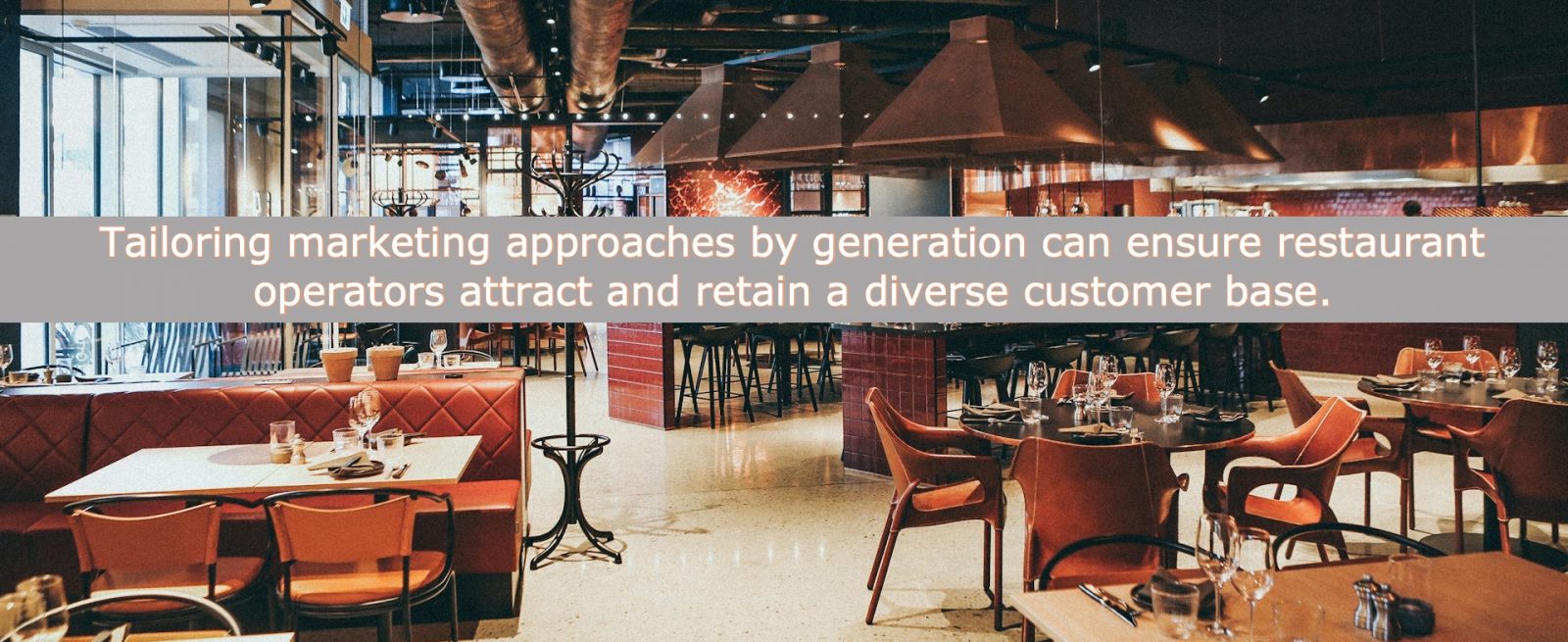Balancing Dining Experiences with Cost-Conscious Strategies
4 Min Read By MRM Staff
Despite economic concerns, diners consistently demonstrate a commitment to supporting restaurants, according to TouchBistro's 2025 American Diner Trends Report.
“This enduring customer loyalty drives the restaurant industry forward, creating clear opportunities for restaurants to enhance the dining experience through strategic limited time offers, efficient delivery and exceptional in-person service," said Samir Zabaneh, CEO of TouchBistro. Modern Restaurant Management (MRM) magazine asked Zabaneh to elaborate on best practices restaurant operators should put in place now.
What can restaurant operators do to bring in new guests and keep them coming back for more?
Minimizing Menu Price Increases: Just because diners are still eating out and ordering in, does not mean they are happy about higher menu prices. Restaurant operators should limit significant menu price increases, explore value menus when possible, and avoid implementing any sneaky service charges.
Expanding Off-Premise Options: Takeout and delivery is not going away any time soon, with consumers enjoying both the lower cost and being able to eat in the comfort of their own home. Restaurants who are looking to launch or expand their off-premise capabilities should optimize for speed and convenience, the two main factors driving consumers’ takeout and delivery decisions.
Leveraging Limited Time Offerings (LTOs): With increased competition and higher food costs, one way restaurants can stand out is with LTOs, which appeal to every generation of diners and are an easy way to draw in new customers. The key is to keep these promotions short to avoid menu bloat.
Maximizing Diner Discovery: Most restaurant operators know that their digital presence is an essential marketing tool. By polishing their own profiles and encouraging user-generated content like social media and Google reviews, savvy restaurateurs can boost organic diner discovery.Experimenting with Tech: Diners are increasingly comfortable with foodservice automation and AI, and they can be a huge boost in efficiency. For back of house, operators should focus on tech that drives speed, efficiency, and cost savings. In the front of house, there should be a more cautious approach to ensure customer service is always at the forefront.
What should restaurant operators take away from the survey results?
The 2025 American Diner Trends Report highlights that, despite rising living costs and economic uncertainty caused by tariffs, diners are still prioritizing dining out, takeout, and delivery, offering an optimistic outlook for the restaurant industry. However, diners are increasingly mindful of value and affordability. This means operators should focus on balancing dining experiences with cost-conscious strategies. For instance, 62 percent of diners say they’re motivated to visit a restaurant with a limited-time offering. Additionally, the growth in loyalty program engagement, with diners engaging weekly or more often, up from 34 percent in 2023 to 47 percent now, also signals an opportunity for operators to deepen relationships with diners through rewards, incentives, and technology (58 percent of diners are receptive).
The report paints a picture of resilient diners who prioritize both value and convenience. Restaurants that leverage loyalty programs, enhance their delivery and takeout services, maintain an active presence on social media (targeting Gen Z and Millennials), and adopt technology with the right provider will succeed.
What do the results tell you about the dining habits of different generations, and how can restaurant operators market to them?
● Gen Z is making a significant impact despite limited spending power. They’re dining out more frequently, with 48 percent planning to increase their visits. Key influences include limited-time offers (81 percent), MICHELIN Stars (50 percent), and social media (67 percent decide where to eat via social platforms). Restaurants can engage Gen Z by leveraging vibrant social media campaigns and exclusive promotions.
● Millennials and Gen X are quality-driven diners, valuing memorable experiences and curated menus. Fine-tune marketing efforts to highlight premium elements like artisanal ingredients or signature dishes resonate with this demographic.
● Boomers are less swayed by trends, but still appreciate value and exceptional service. Clear communication on pricing, loyalty rewards, and personalized service will appeal to this group.
Tailoring marketing approaches by generation can ensure restaurant operators attract and retain a diverse customer base.
With inflation and rising costs, what are some practical suggestions for restaurants to manage costs while offering value to guests?
● Limit Menu Price Hikes: While operational costs are rising, avoiding substantial menu price increases can help retain loyal customers. Consider introducing smaller portions, value menus, or bundling options to manage both expectations and margins.
● Optimize Supply Chains: Use AI inventory tools to reduce food waste and ensure your supply chain is as efficient as possible.
● Volume-Based Deals: Offer discounts on larger orders, particularly for takeout and delivery, to encourage diners to order more.
● Delivery Efficiency: With takeout and delivery in high demand, optimize these channels by offering improved speed, reduced delivery fees, or streamlined ordering platforms.
What are the pockets of opportunity for profitability now and in the year ahead?
● Expand Off-Premise Offerings: With 44 percent of diners ordering takeout/delivery weekly or more often, restaurants should focus on convenience and efficiency in these areas as demand increases.
● Leverage Limited-Time Offers (LTOs): LTOs capture all generations’ attention, offering a significant marketing opportunity to drive traffic, especially amongst Gen Z diners. From playful, attention-grabbing items to nostalgic offerings, LTOs can help restaurants stay innovative and recharge their offerings.
● Experiment with Technology: Restaurants must balance technology that drives efficiency with the need to preserve hospitality. In the back of house, tools like inventory management systems support speed, accuracy, and cost control; in the front, customer-facing solutions such as online ordering and loyalty programs help sustain engagement."
● Boost Digital Discovery: An optimized digital presence through reviews, user-generated content, and social media-driven marketing can increase diner acquisition and awareness. Efforts here often pay dividends with increased foot traffic and takeout orders.

